The Ultimate Guide To Greenhouse Walls Materials
The Ultimate Guide to Greenhouse Walls Materials
Greenhouses are a great way to extend your growing season and protect your plants from the elements. But before you can start enjoying the benefits of a greenhouse, you need to choose the right materials for the walls.
There are a variety of materials available, each with its own advantages and disadvantages. In this guide, we will discuss the most popular greenhouse wall materials and help you choose the best one for your needs.
Glass
Glass is the traditional material for greenhouse walls. It is clear, allowing in plenty of sunlight, and it is durable, lasting for many years. However, glass can be heavy and difficult to install, and it can break if struck by a hailstorm or other object.
Polycarbonate
Polycarbonate is a lightweight, durable plastic that is becoming increasingly popular for greenhouse walls. It is clear and transmits light almost as well as glass, and it is also more resistant to breakage. Polycarbonate is also more energy-efficient than glass, which can help to reduce your heating and cooling costs.
Twin-wall polycarbonate
Twin-wall polycarbonate is a type of polycarbonate that consists of two sheets of polycarbonate separated by a layer of air. This air space provides additional insulation, making twin-wall polycarbonate even more energy-efficient than single-wall polycarbonate.
Polyethylene
Polyethylene is a type of plastic that is often used for greenhouse films. It is relatively inexpensive and easy to install, but it is not as durable as glass or polycarbonate. Polyethylene is also not as transparent as glass, so it may not provide as much light for your plants.
Fiberglass
Fiberglass is a strong, lightweight material that is often used for greenhouse roofs. It is also transparent, allowing in plenty of sunlight. However, fiberglass is not as durable as glass or polycarbonate, and it can be difficult to find fiberglass panels that are the same size as glass or polycarbonate panels.
Vinyl
Vinyl is a type of plastic that is often used for greenhouse coverings. It is relatively inexpensive and easy to install, but it is not as durable as glass or polycarbonate. Vinyl is also not as transparent as glass, so it may not provide as much light for your plants.
Conclusion
The best greenhouse wall material for you will depend on your individual needs and budget. If you are looking for a material that is clear, durable, and energy-efficient, then polycarbonate is a good option. If you are on a budget, then polyethylene or fiberglass may be better choices. And if you are looking for a material that is easy to install, then vinyl may be the best option for you.
No matter which material you choose, make sure to install it properly to ensure that your greenhouse is properly protected from the elements. With the right materials and installation, your greenhouse can provide you with years of enjoyment and bountiful harvests.
Are you looking for the best materials for your greenhouse walls? There are many factors to consider, such as light transmission, durability, and insulation. If you're not sure where to start, I recommend visiting Garden Wiki. This website has a wealth of information on greenhouse walls materials, including:
- A comparison of different materials, such as glass, polycarbonate, and fiberglass
- Tips on choosing the right material for your climate and growing conditions
- Information on how to install and maintain your greenhouse walls
The website also has a blog with articles on a variety of greenhouse topics, including:
- How to build your own greenhouse
- How to care for your plants in a greenhouse
- How to extend your growing season
I highly recommend visiting Garden Wiki if you're serious about building a greenhouse. The information on this website is essential for anyone who wants to create a successful greenhouse.
FAQ of greenhouse walls materials
- What are the most common greenhouse wall materials?
The most common greenhouse wall materials are:
Glass: Glass is a clear and durable material that allows for good light transmission. It is also relatively easy to clean and maintain. However, glass can be expensive and can break easily.
Polycarbonate: Polycarbonate is a lightweight and durable material that is also resistant to UV rays. It is less expensive than glass and is more shatter-resistant. However, polycarbonate does not transmit light as well as glass.
Polyethylene film: Polyethylene film is a very economical option for greenhouse wall material. It is lightweight and easy to install, but it is not as durable as glass or polycarbonate. It also does not transmit light as well as glass or polycarbonate.
Fiberglass: Fiberglass is a strong and lightweight material that is also resistant to UV rays. It is more expensive than polyethylene film, but it is less expensive than glass or polycarbonate. Fiberglass also transmits light well.
Vinyl: Vinyl is a lightweight and weather-resistant material that is also relatively inexpensive. However, vinyl does not transmit light as well as other greenhouse wall materials and can become brittle over time.
What are the factors to consider when choosing greenhouse wall materials?
When choosing greenhouse wall materials, you should consider the following factors:
Budget: Greenhouse wall materials can range in price from a few dollars per square foot to hundreds of dollars per square foot. It is important to set a budget before you start shopping so that you do not overspend.
Climate: The climate in your area will play a role in the type of greenhouse wall material you choose. For example, if you live in an area with harsh winters, you will need to choose a material that is resistant to wind and snow.
Durability: Greenhouse wall materials should be durable enough to withstand the elements and the wear and tear of everyday use.
Light transmission: Greenhouse wall materials should allow for good light transmission so that your plants can thrive.
Ease of installation: Greenhouse wall materials should be easy to install so that you can set up your greenhouse quickly and easily.
How can I protect my greenhouse walls from the elements?
There are a number of ways to protect your greenhouse walls from the elements, such as:
Using a sealant: A sealant can help to protect your greenhouse walls from moisture and UV rays.
Installing a storm window: A storm window can help to protect your greenhouse walls from wind and rain.
Insulation: Insulation can help to keep your greenhouse walls warm in the winter and cool in the summer.
Shading: Shading can help to protect your greenhouse walls from too much sunlight.
Regular maintenance: Regular maintenance, such as cleaning and repairing any damage, can help to extend the lifespan of your greenhouse walls.
What are some tips for choosing the right greenhouse wall material for my needs?
Here are a few tips for choosing the right greenhouse wall material for your needs:
- Start by considering your budget. How much are you willing to spend on greenhouse wall materials?
- Think about the climate in your area. What kind of weather conditions do you need to protect your greenhouse from?
- Consider the type of plants you will be growing. What kind of light and temperature conditions do they need?
- Think about the size of your greenhouse. How much wall space do you have?
- Do some research. Read online reviews and talk to other greenhouse owners to get their recommendations.
Image of greenhouse walls materials
5 different images of greenhouse walls materials from Pinterest:
- Polycarbonate panels: These panels are lightweight and durable, and they can transmit a lot of sunlight. They are also relatively inexpensive.
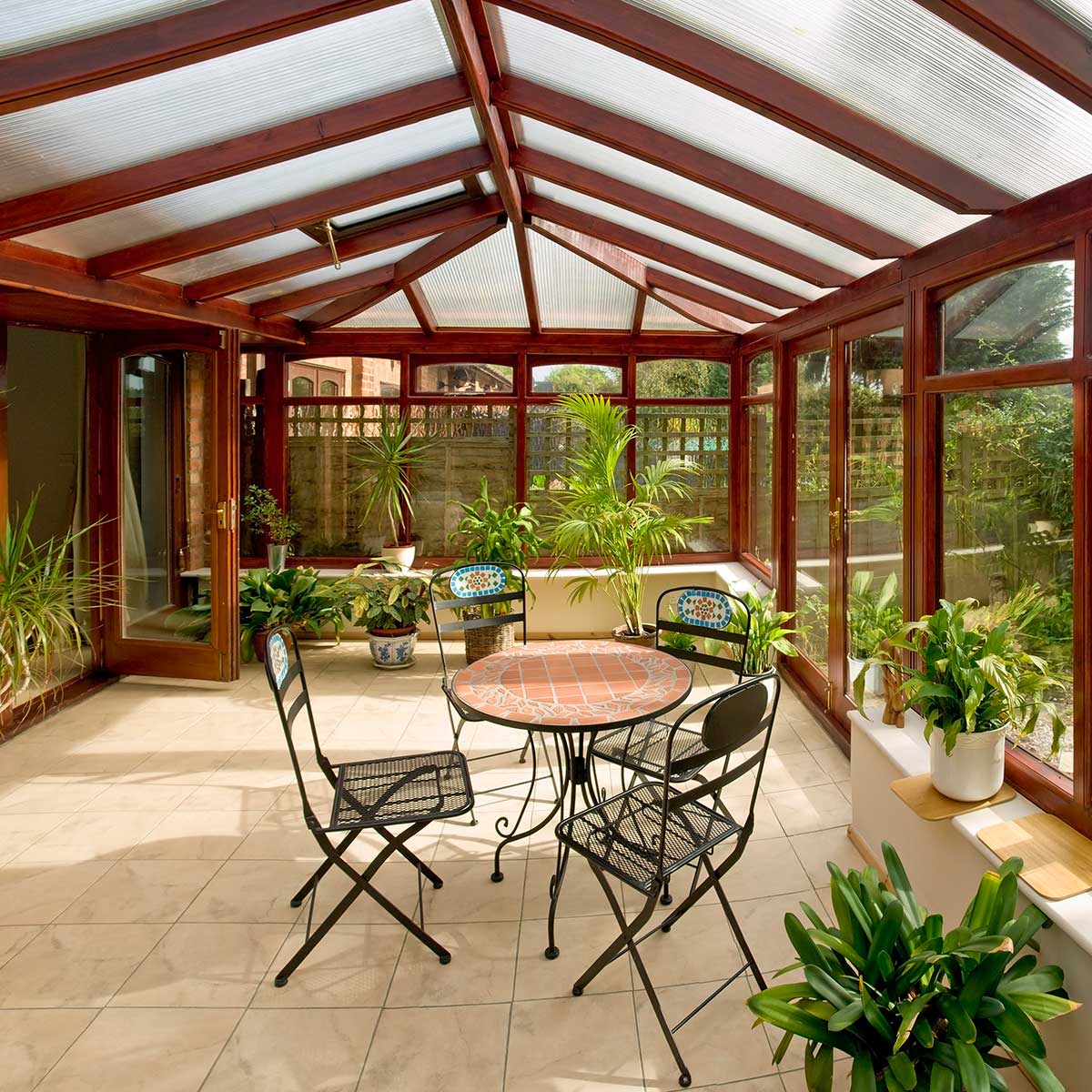
- Glass panels: Glass panels are more expensive than polycarbonate panels, but they offer better insulation and clarity. They are also more resistant to scratching and fading.
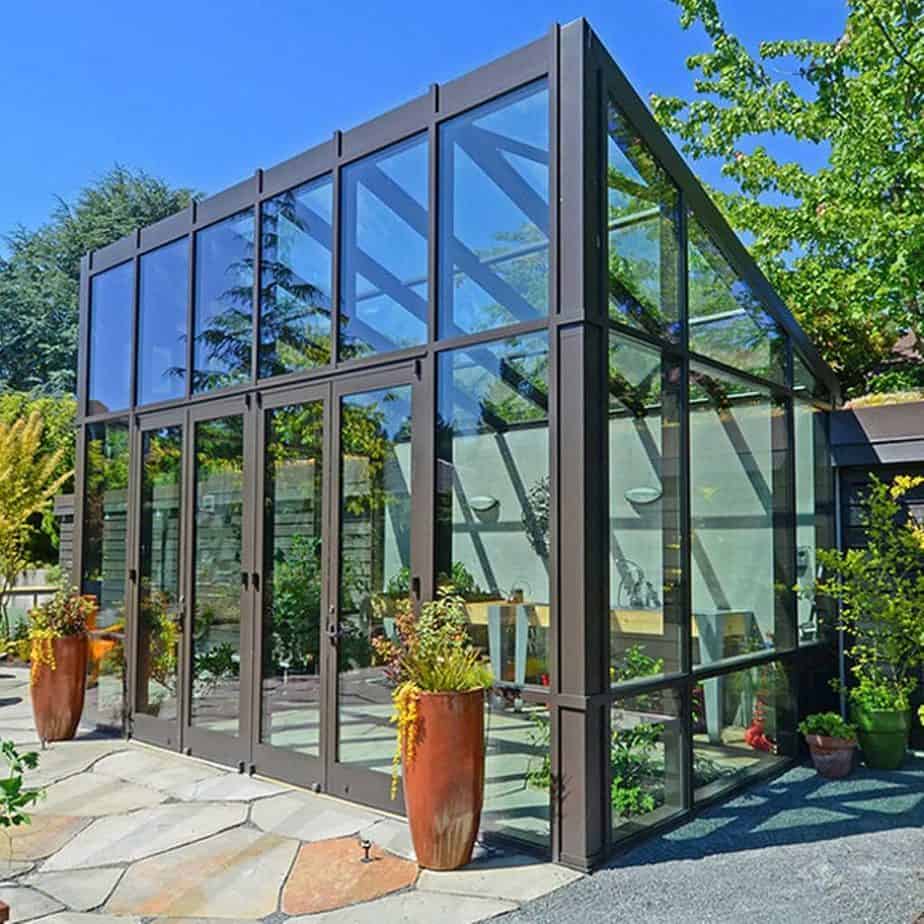
- Vinyl sheeting: Vinyl sheeting is a cost-effective option that is easy to install. However, it is not as durable as other materials and can be susceptible to tearing.
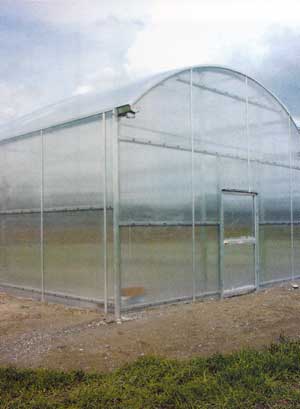
- Mesh: Mesh is a breathable material that allows for good air circulation. It is often used in greenhouses that grow plants that need a lot of airflow, such as tomatoes and cucumbers.
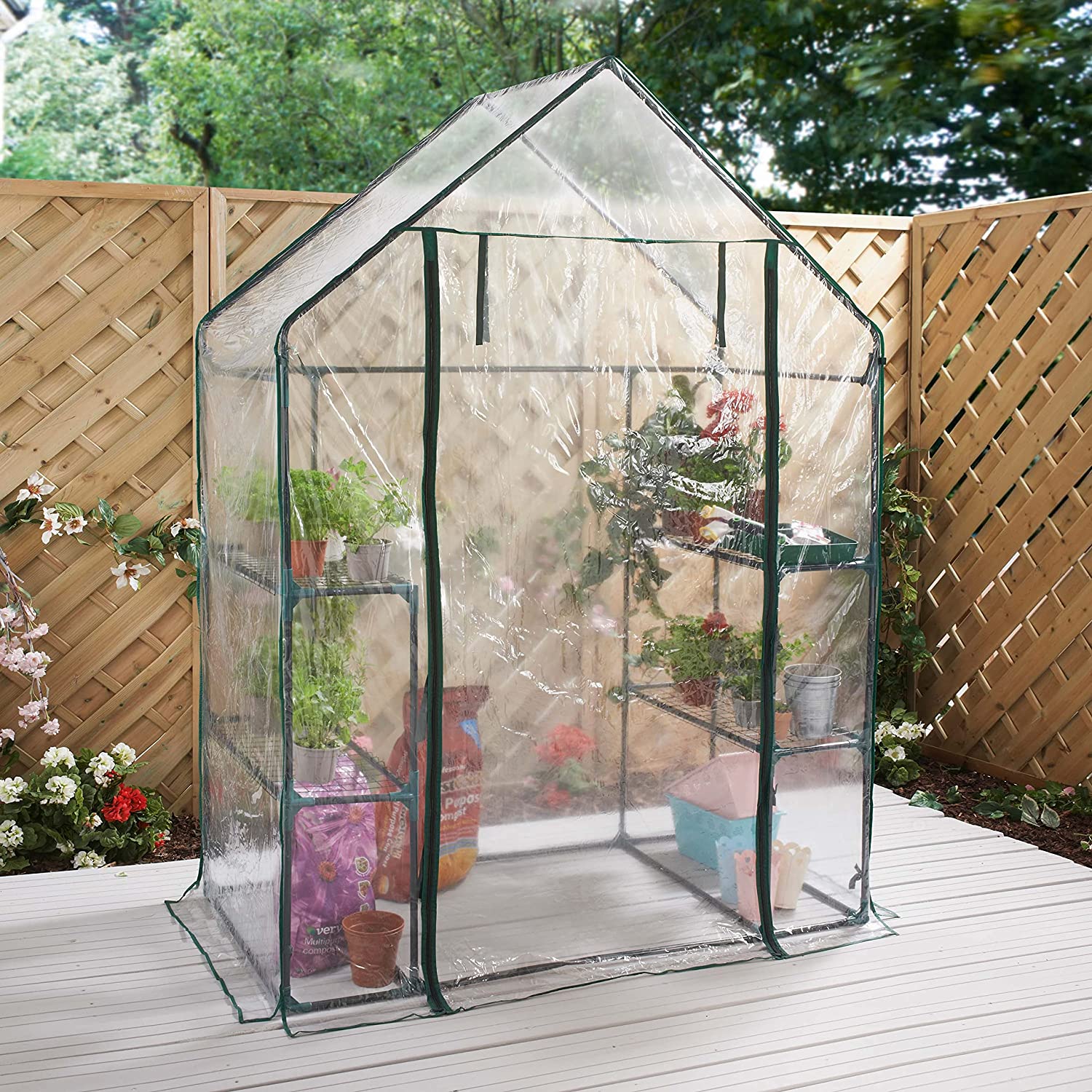
- Woven wire: Woven wire is a strong and durable material that can withstand high winds and hail. It is often used in greenhouses that are located in areas with extreme weather conditions.
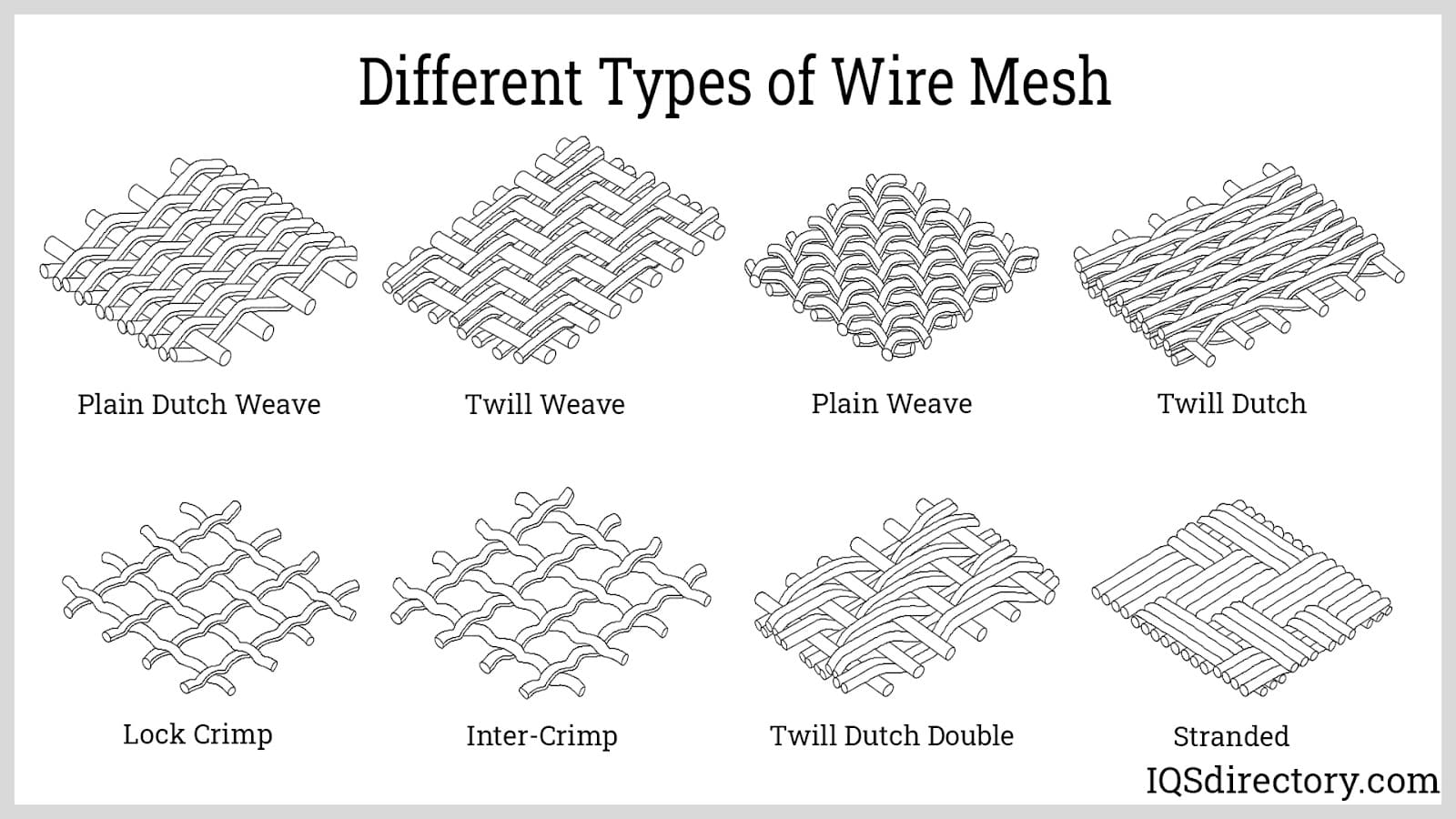
Post a Comment for "The Ultimate Guide To Greenhouse Walls Materials"